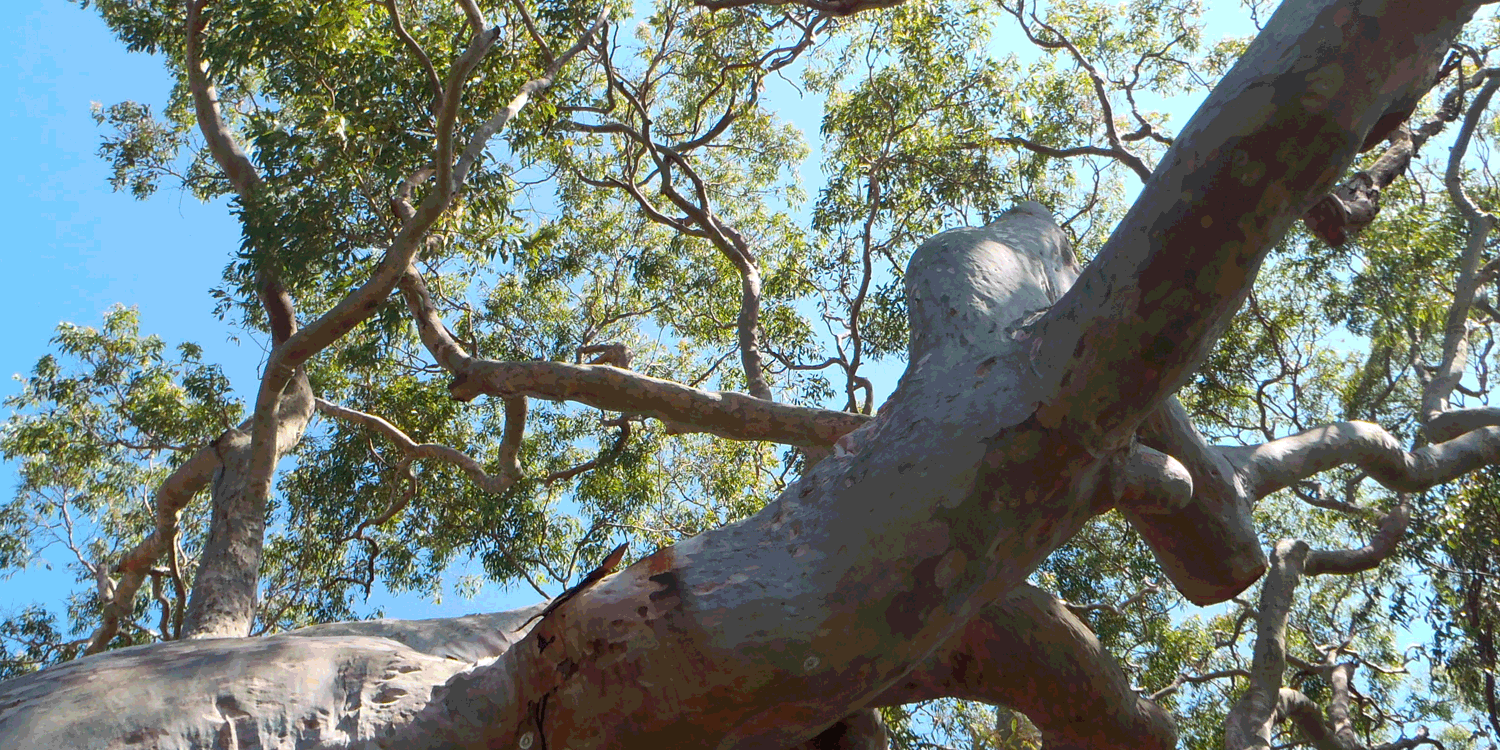
29 Jan Landscape and Soil is ‘the smarter, healthier new prozac’

Angophora
After just getting back from a soil root mapping site visit, this coincidental soil article came across my desk and I wanted to share the great findings. Although there is quite a lot of research out there that this may just be a good reminder about how wonderful soil and landscape are.
- Getting dirty is actually good for you. Soil is the new Prozac, according to Dr. Christopher Lowry, a neuroscientist at the University of Bristol in England. Mycobacterium vaccae in soil mirrors the effect on neurons that Prozac provides. The bacterium stimulates serotonin production, which explains why people who spend time gardening and have direct contact with soil feel more relaxed and happier.
Here is a summary of the article.
The below points describe how being amongst soil and landscape is helpful for mental health and cognitive benefits, less likely incidence of diseases and ADHD, increase in heart and metabolic health, contributes to intelligence, attention span and memory in both children and adults.

soil root mapping
Read on for more detail if you like.
- People who spend more time outside or are exposed to living landscapes are happier, healthier and smarter.”
- Recent studies have found a more direct correlation between human health, particularly related to stress, and the importance of people’s access to nature and managed landscapes.
- Living near living landscapes can improve your mental health. Researchers in England found that people moving to greener areas experienced an immediate improvement in mental health that was sustained for at least three years after they moved. The study also showed that people relocating to a more developed area suffered a drop in mental health.
- Green spaces can make you healthier too. People who live within a half mile of green space (such as parks, public gardens and green ways) were found to have a lower incidence of fifteen diseases by Dutch researchers — including depression, anxiety, heart disease, diabetes, asthma and migraines.
- A 2015 study found that people living on streets with more trees had a boost in heart and metabolic health.
- Living landscapes make you smarter. Children gain attention and working memory benefits when they are exposed to greenery, says a study led by Payam Dadvand of the Centre for Research in Environmental Epidemiology in Barcelona, In addition, exposure to natural settings may be widely effective in reducing attention deficit/hyperactivity disorder symptoms in children.
- This applies to adults as well. Research has also shown that being around plants helps you concentrate better at home and at work. Charlie Hall, Ellison Chair in International Floriculture at Texas A&M University, believes that spending time in gardens can improve attention span and memory performance by as much as 20 percent.
- A National Institute of Health study found that adults demonstrate significant cognitive gains after going on a nature walk. In addition, a Stanford University study found that walking in nature, rather than a concrete-oriented, urban environment, resulted in decreased anxiety, rumination, and negative affect, and produced cognitive benefits, such as increased working memory performance.
- Living landscapes help you heal faster. Multiple studies have discovered that plants in hospital recovery rooms or views of aesthetically-pleasing gardens help patients heal up to one day faster than those who are in more sterile or austere environments.
- All of these benefits reinforce the importance of maintaining our yards, parks and other community green spaces. Trees, shrubs, grass and flowering plants are integral to human health. Not only do they provide a place for kids and pets to play, they directly contribute to our mental and physical well-being. For more tips on maintaining a living landscape, even in drought conditions, go to www.opei.org/stewardship/
